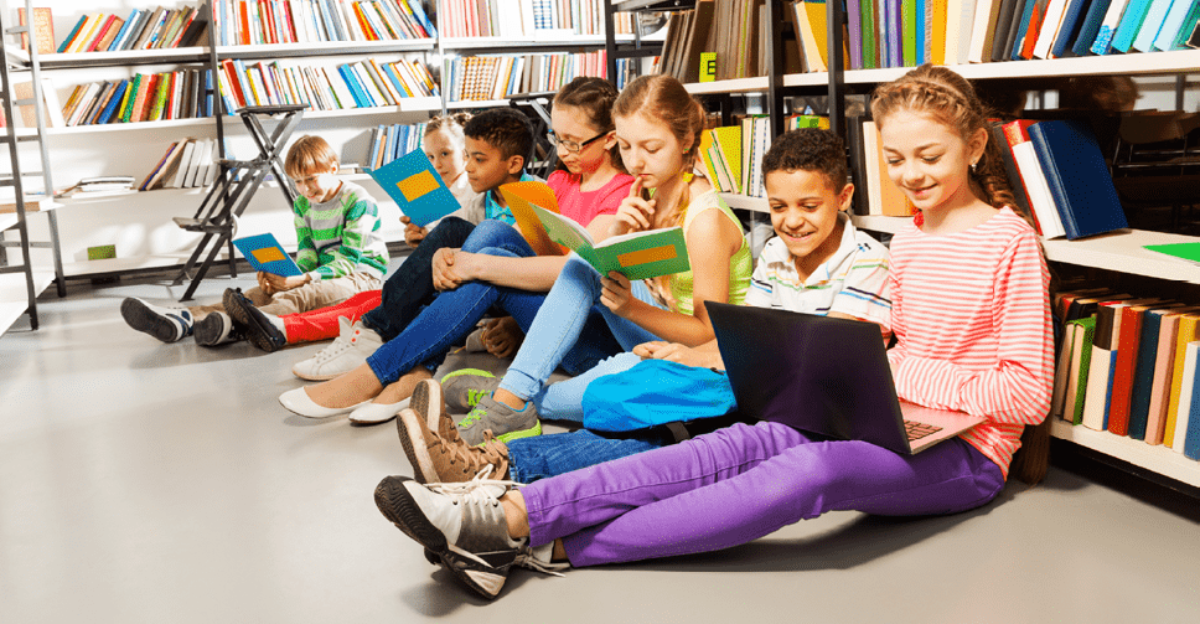It’s unfortunate, but a school’s library is just as likely to be looked at as a testing center as a repository of knowledge. It is, after all, where students are filed in throughout the year to take their high-stakes assessments.
What’s interesting is that libraries in the outside world are enjoying increased importance and spiking usage numbers. For example, physical visits to Boston’s public library went up by over half a million from 2012 to 2013. More people are also using the library’s virtual resources. Why is this, when everyone has a library in their pocket?
Because, in this technological world, new ideas are more important than ever. People need someone to make sense through all the noise, and that’s what libraries have been doing for thousands of years. And it’s what school libraries can—and should—get back to.
First, let’s see some ideas from around the country on how libraries are becoming the creative epicenters of their communities:
- The Chicago Public Library offers a free Maker Lab, where people can experiment with 3D printers and other gadgets.
- A library in Washington State lets people check out musical instruments.
- The BiblioTech in San Antonio not only has computers, but iPads and video game systems.
That doesn’t mean that every school library should create a maker space for their students (although it’s an idea worth investigating). These examples just show that libraries are no longer about information. Students have more information than they know what to do with. What they need help with is synthesizing that information.
This leads us to what can be done now, without a huge investment, to make your school’s library the centerpiece of the school again.
Provide time for experimentation – Google and other companies provide time during the workweek for employees to work on pet projects. Maybe they don’t work. Maybe they become Gmail. School libraries can do the same thing, even as just an after school club.
Give the kids some slack – Kids love going to the library, but they hate all of the rules that go along with a visit. Libraries don’t have to be quiet. They can offer areas for students to collaborate and experiment—loudly if necessary.
Cut the collection down – Many school libraries have been cutting their collections down for various reasons. They are correct in thinking that books aren’t as in demand as they once were, but be strategic. Kids still want to read on paper, particularly fiction. They still need titles that can guide them toward creativity. Set a deadline. If something hasn’t been checked out in a number of years, it’s safe to go.
Does your school’s library provide any innovative experiences? Share with your colleagues in the comment section.






Leave a Reply